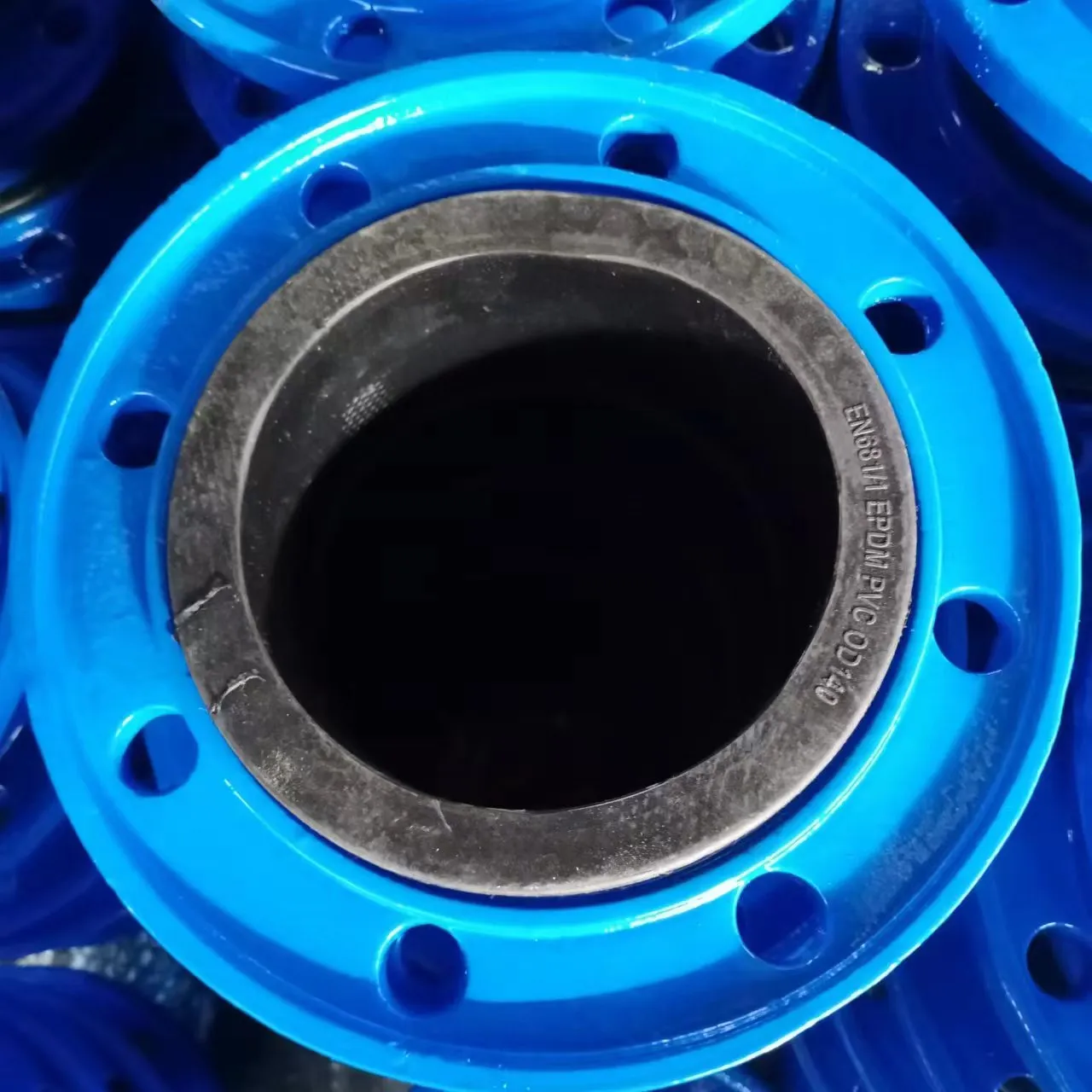Gate Valve Lapping Machine for Enhanced Sealing Performance and Precision Finishing
The Importance of Gate Valve Lapping Machines in the Valve Industry
In the realm of industrial applications, gate valves play a crucial role in regulating fluid and gas flow. Given their significance, the performance and reliability of gate valves are paramount. One of the key processes that enhance the lifespan and efficiency of these valves is lapping, a process made significantly easier and more efficient with the advent of gate valve lapping machines.
Understanding Gate Valves
Gate valves are devices that allow or prevent the flow of fluids by raising or lowering a gate mechanism. They are widely used in various sectors, including water supply, oil and gas, and chemical processing. The effectiveness of a gate valve is largely dependent on the quality of its sealing surfaces. Over time, these surfaces can wear down due to corrosion, erosion, or mechanical wear, leading to leaks, inefficiency, and malfunction.
The Role of Lapping in Valve Maintenance
Lapping is a precision grinding process that improves the smoothness and flatness of surfaces. In the context of gate valves, lapping is employed to restore the sealing surfaces to their original condition. This process not only enhances the valve's performance but also extends its service life. Traditionally, lapping was a manual process, requiring skilled labor to achieve the desired results. However, with technological advancements, gate valve lapping machines have revolutionized this aspect of valve maintenance.
Features of Gate Valve Lapping Machines
Gate valve lapping machines are specifically designed to facilitate the lapping process efficiently and effectively. They are equipped with features that ensure precision and consistency. Most lapping machines utilize a combination of rotary and orbital movement, which allows for even distribution of lapping compound across the surface. This uniform application is critical to achieving a flat and smooth finish.
gate valve lapping machine

Modern lapping machines also come with adjustable speed settings, enabling operators to customize the lapping process according to the materials and specifications of the valve being serviced. Additionally, advanced machines are often equipped with digital controls and feedback systems that monitor the progress of the lapping process, ensuring that the desired surface finish is achieved without over-lapping, which can damage the valve surface.
Benefits of Using Lapping Machines
The use of gate valve lapping machines offers numerous advantages. Firstly, it significantly reduces the time and labor required for the lapping process, leading to increased operational efficiency. This is particularly important in industries where downtime can result in substantial financial losses.
Secondly, lapping machines produce consistent and high-quality results, which are difficult to achieve through manual methods. This consistency helps in maintaining the integrity of the valves, ensuring that they perform reliably under pressure.
Furthermore, the precision offered by lapping machines minimizes the risk of human error, which is a common issue in manual lapping processes. This enhancement in reliability and performance translates into safer operations and reduced maintenance costs over time.
Conclusion
In conclusion, gate valve lapping machines are indispensable tools in the valve industry. They not only facilitate a critical maintenance process but also enhance the overall performance and reliability of gate valves. By incorporating these machines into regular maintenance routines, industries can ensure that their valves function optimally, thereby safeguarding operations and minimizing potential risks. As technology continues to evolve, the capabilities of lapping machines will only improve, further solidifying their role as a cornerstone of valve maintenance.
-
The Smarter Choice for Pedestrian AreasNewsJun.30,2025
-
The Gold Standard in Round Drain CoversNewsJun.30,2025
-
The Gold Standard in Manhole Cover SystemsNewsJun.30,2025
-
Superior Drainage Solutions with Premium Gully GratesNewsJun.30,2025
-
Superior Drainage Solutions for Global InfrastructureNewsJun.30,2025
-
Square Manhole Solutions for Modern InfrastructureNewsJun.30,2025
-
Premium Manhole Covers for Modern InfrastructureNewsJun.30,2025
